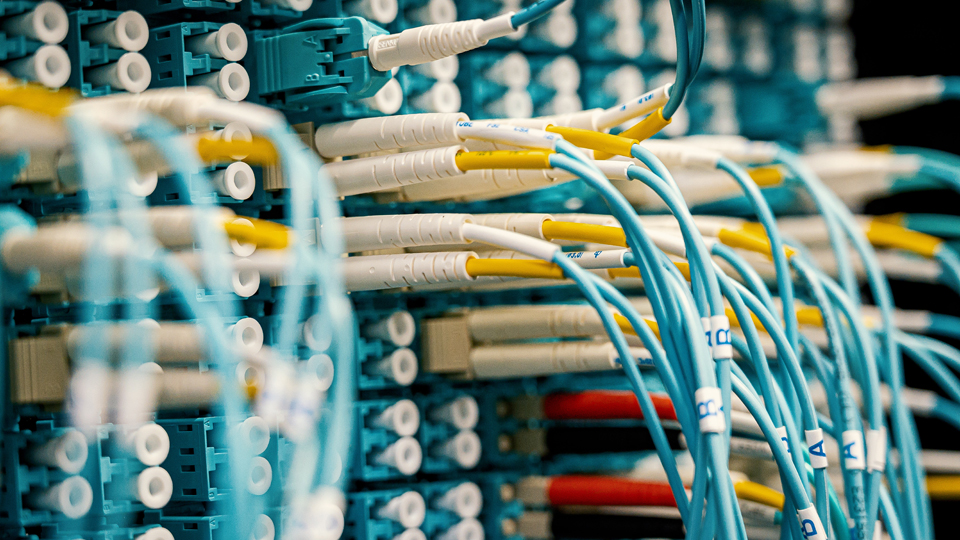New consortium targets statewide fiber network
INDIANAPOLIS (Inside INdiana Business) — Nearly two dozen internet service providers in Indiana are teaming up to create a statewide fiber network. The consortium, known as Hoosier Net LLC, aims to invest millions of dollars to boost broadband infrastructure, internet access and reliability.
Chief Executive Officer Rob Shema says Hoosier Net will serve as a “middle-mile network” to connect the ISPs to the internet in order to provide the best service to customers.
Shema says the ISPs previously had a middle-mile network operated by Indianapolis-based Intelligent Fiber Network, which was acquired by Zayo Group Holdings in Colorado last year.
“Intelligent Fiber Network connect all of these ISPs and brought them to the internet, and now a third party does. And they kind of lost control over their connection to the internet, which is not necessarily good for them or their customers,” said Shema. “They want to be able to control that connection and make sure that that connection’s a strong one and a good one and that the overall middle-mile company is investing in equipment, new technologies, and things like that.”
In addition to various ISPs, Hoosier Net says it will also focus on providing high-speed fiber-optic backbone capabilities directly to commercial clients such as hospitals, schools and government institutions.
The founding companies involved with Hoosier Net include Central Indiana Communications, Citizens Telephone Corp., Craigville Telephone Co., RTC Communications, Geetingsville Telephone Co., Independents Fiber Network, Monon Cooperative Telephone Co., Mulberry Cooperative Telephone Co., New Lisbon Broadband and Communications, NP Tech, Perry Spencer Rural Telephone Cooperative, LightStream, Rochester Telephone Co., SEI Communications, Fiberhawk, NITCO and The Sweetser Rural Telephone Co.
Shema with the involvement of all of the ISPs and additional partners, Hoosier Net could serve about 90% of the state when operational.
He says the next step is figuring out how to connect all the ISPs together.
“We need to connect them together and then get them connected to [the internet]. So, the next phase is to take a look at how do we build this [and] where do we get the money to build this?”
Hoosier Net says its formation comes at a critical time as billions of dollars in broadband grants are set to be distributed through the federal Broadband Equity, Access, and Deployment (BEAD) program.
“There’s going to be at least $100 million coming to the state of Indiana to build out rural areas with internet to serve customers that haven’t been served before,” said Shema.
Shema adds Hoosier Net aims to get to a point of self-sufficiency where the members companies don’t have to keep investing their own dollars to keep the network going.
